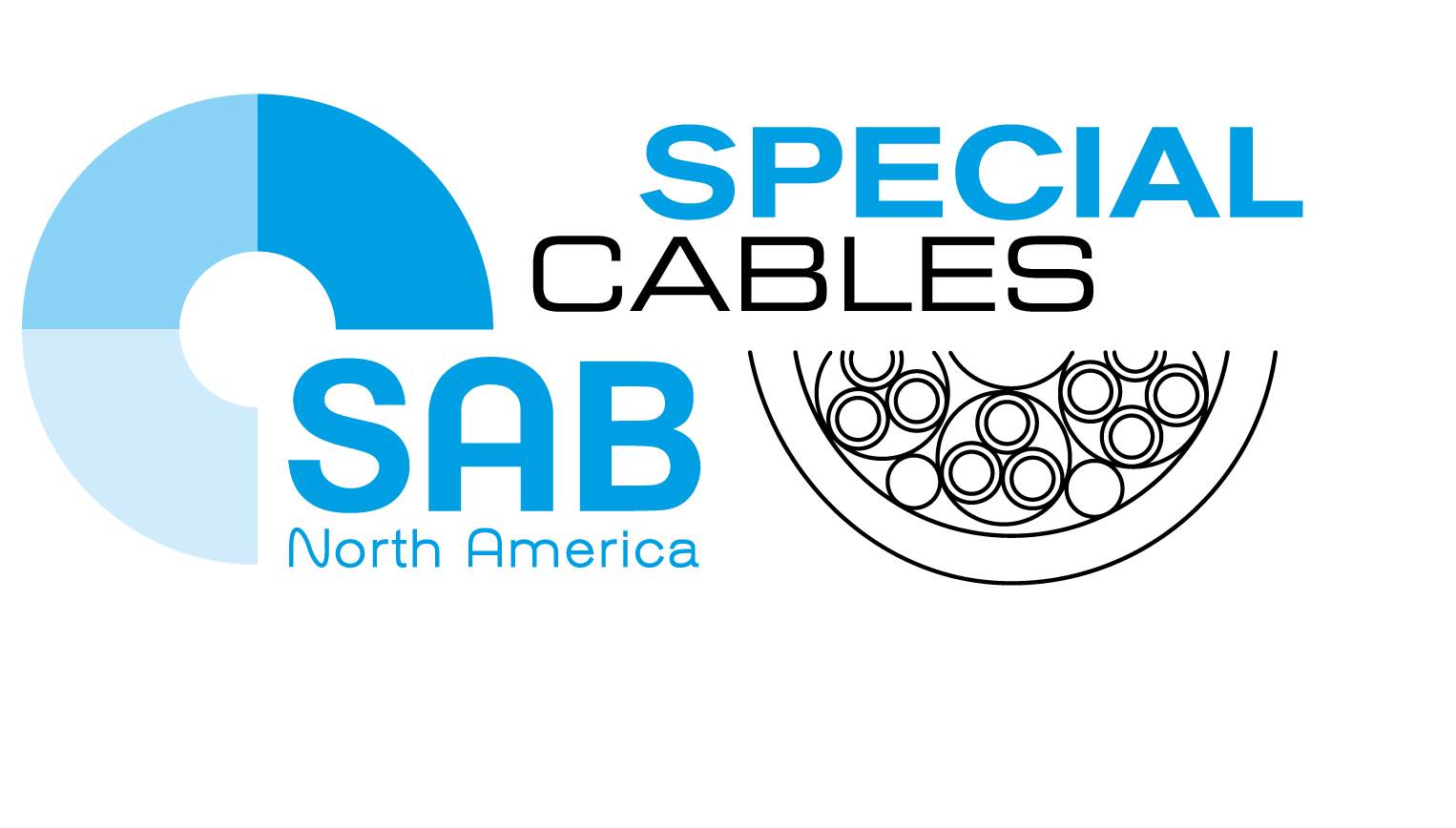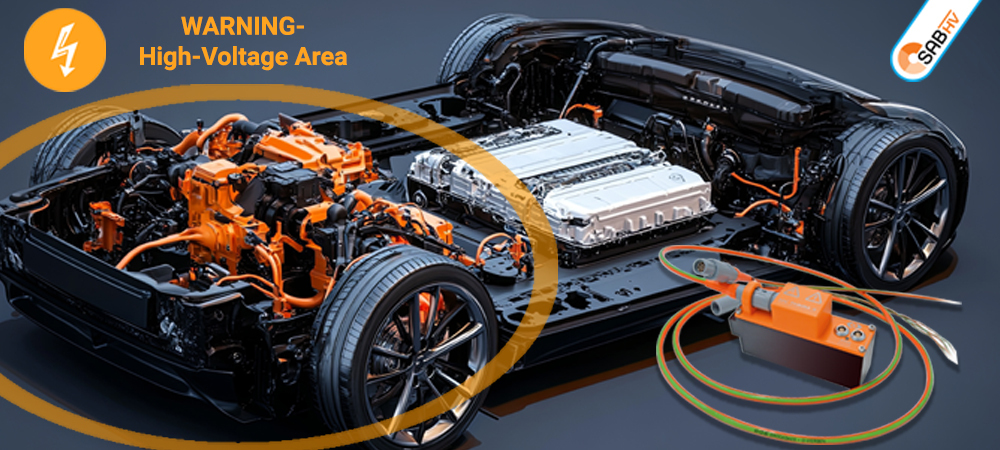As electric vehicles (EVs) add innovative features and equipment, sophisticated test and measurement is needed to ensure underlying high-voltage (HV) systems and charging infrastructure perform safely and reliably. However, because EV testing involves high voltages and harsh conditions, selecting proper HV cables is no easy task. This blog post will provide an overview of what to look for, using examples from SAB’s line of HV measuring cables, to ensure safe testing and reliable, high-performing systems in the market.
The HV systems and components that require testing in the latest electric vehicles are as diverse as the power electronics, high-power motors, infotainment systems and more. Important HV cable requirements for these various systems include:
- Wide temperature range. Because high-voltage cables handle higher currents, so temperatures can get hot.
- High flexibility. High-voltage cables may be exposed to mechanical and abrasive stresses. And, cables with greater flexibility are also easy to install.
- HV-safe insulation. EV cable insulation must protect against failure and ensure safety while resisting environmental threats like temperature and moisture.
- Color coding. Not only do color-coded inner and outer jacket colors make identification easy, they also keep users safe.
At SAB, we offer a full array of high-voltage measuring cables for EV development — particularly where tests require protection or scoop-proof connections at operating voltages up to 1,800V DC. These high-voltage applications include power electronics, batteries, e-motors, inverters and others. The cables combine high flexibility with a thin outer diameter, and they boast a wide temperature range of -40 up to +150°C.
To ensure user safety, SAB takes traditional color coding further. In addition to having an orange color to indicate HV use, our jackets also include longitudinal stripes that clearly identify the cable as a measuring cable that is not part of the basic equipment of the vehicle. And, because cables in test vehicles often undergo extreme mechanical and abrasion stress that can wear out the orange outer jacket, the cables have an embedded inner jacket that alerts the user if there’s an impending need to replace a damaged cable. In addition, an aluminum foil and tinned copper braided shield prevents electromagnetic interference. Highlights of our lineup include:
HV DC Measuring Cables and HV AC Measuring Cables. These cables are used on test benches and in test vehicles for scoop-proof testing and measuring applications with up to 1,800V DC operating voltage such as HV power electronics, batteries, electric motors and inverters.
Highly Flexible HV Cables. Constructed with Besilen® silicone insulation and fine stranding, these cULus-recognized cables offer exceptional EMC protection and are easy to install.
- B 107 HV. This HV unshielded cable is designed for up to 1,800V and a testing voltage of 6,500V. Bending radii are 6 x O.D. (fixed) and 10 x O.D. (flexible application).
- B 110 C. Connecting converters to e-mobility test benches, the B 110 C shielded cable can be used for various components and power electronics.
- B 110 C Sense. This sensor cable is appropriate for EV applications where testing and measuring of up to 5,400V DC operating voltage take place. Bending radii are 6 x O.D. (fixed) and 10 x O.D. (flexible application). Note: You are required to check and monitor the transferred power of the B 110 C on test benches.
SAB HV Cables Help You Drive EV Innovation
In order to develop innovative EV technology, you need advanced testing capabilities and the right cables to support both high AC and DC voltages. SAB HV cables feature high flexibility, HV-safe insulation, a wide temperature range, unique color coding and abrasion protection to promote safe testing of systems and components in EVs and on test benches. Our sales engineers are ready to help you select the right cable to address your demanding test and measurement system needs.
For more information about our high-voltage cables, please download our brochure.
For more information on SAB Cable assemblies paired with CSM Measurement Sensors, please download our brochure.


